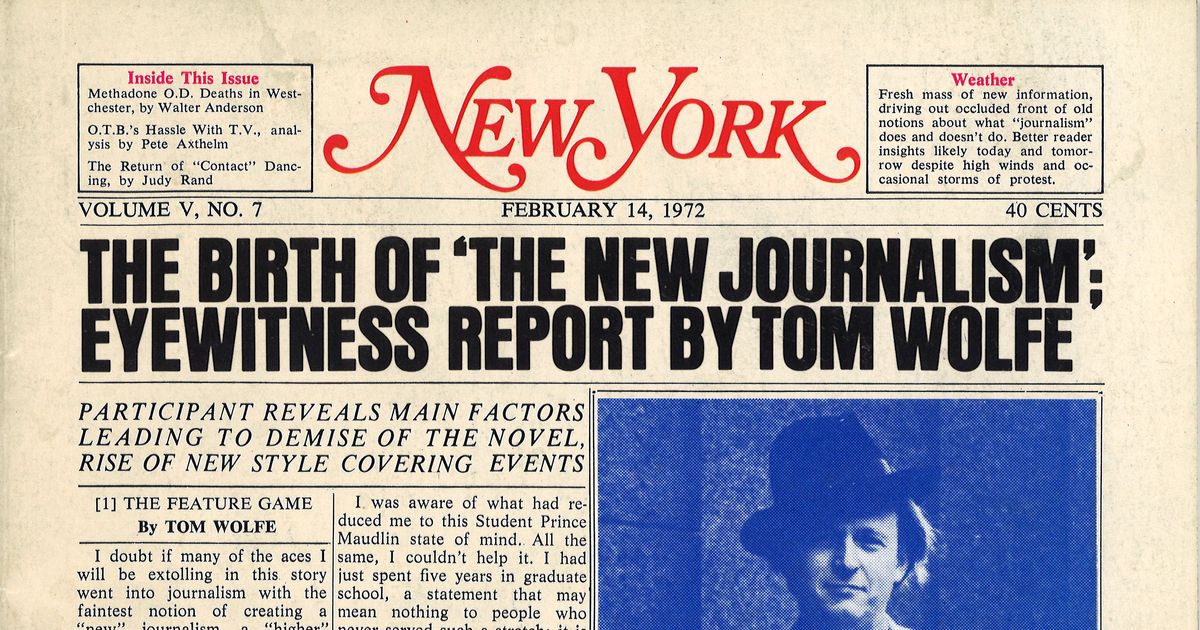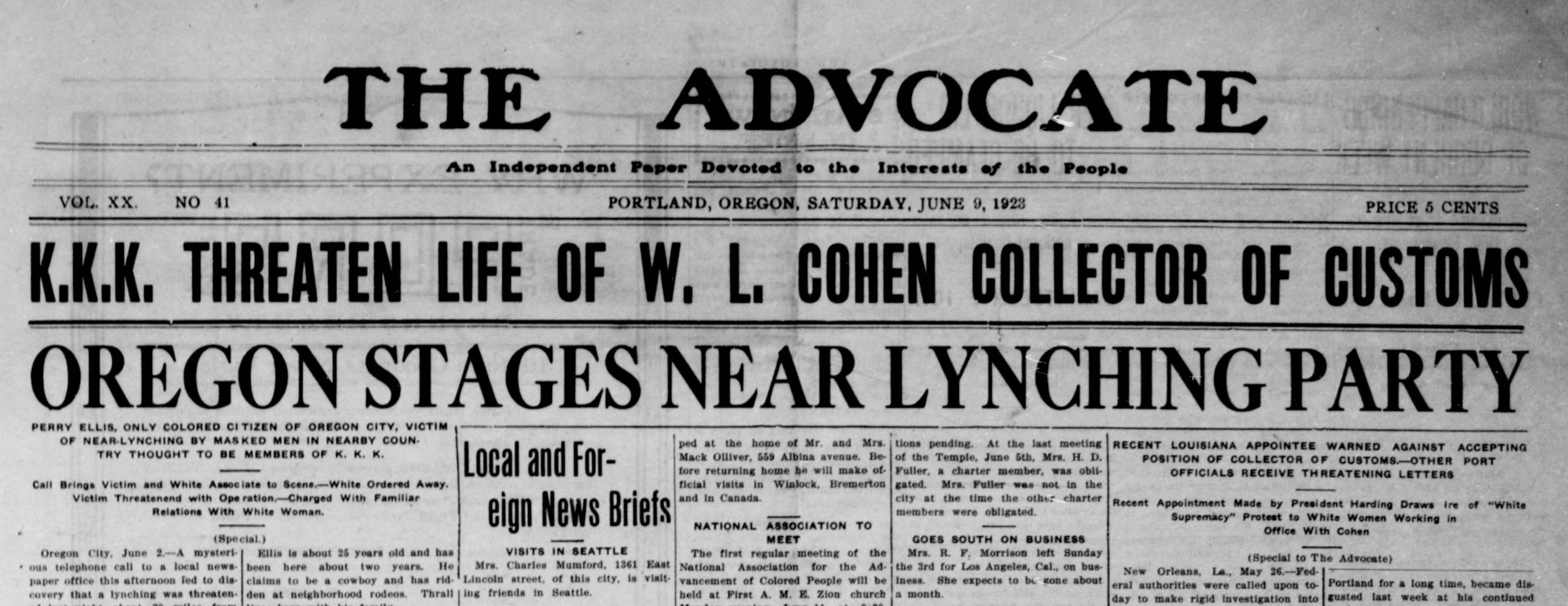7 Simple Techniques For News Articles
7 Simple Techniques For News Articles
Blog Article
The 10-Second Trick For News Articles
Table of ContentsThings about News ArticlesNews Articles - The FactsNews Articles Things To Know Before You BuySome Known Questions About News Articles.Indicators on News Articles You Need To Know
Excellent knowledge of various subjects provides students an one-upmanship over their peers. Even though digital and social media are easily accessible, we must not fail to remember just how important it is to check out the newspapers. Moms and dads have to try and instill the practice of reviewing a newspaper as an everyday routine to proceed the heritage of the adored print medium.Information stories likewise have at least one of the complying with crucial attributes loved one to the intended target market: closeness, importance, timeliness, human passion, quirk, or repercussion.
Within these restrictions, news stories also aim to be thorough. Amongst the bigger and extra recognized papers, justness and balance is a significant variable in providing info.
Papers with a worldwide audience, for instance, often tend to use a more official style of creating. News Articles.; common style overviews include the and the US News Style Publication.
A Biased View of News Articles
Generally, journalists will not utilize a lengthy word when a brief one will do. They use subject-verb-object building and construction and brilliant, active prose (see Grammar). They supply stories, examples and allegories, and they hardly ever depend upon generalizations or abstract concepts. Information authors try to prevent utilizing the same word greater than as soon as in a paragraph (occasionally called an "resemble" or "word mirror").
Nonetheless, headlines sometimes leave out the topic (e.g., "Leaps From Boat, Catches in Wheel") or verb (e.g., "Pet cat woman fortunate"). A subhead (likewise subhed, sub-headline, subheading, subtitle, deck or dek) can be either a subordinate title under the main headline, or the heading of a subsection of the write-up. It is a heading that precedes the main message, or a group of paragraphs of the major text.

Extra billboards of any of these kinds may appear later on in the short article (especially on succeeding web pages) to attract further analysis. Such billboards are also utilized as tips to the article in various other areas of the magazine or website, or as promotions for the piece in various other magazine or websites. Typical structure with title, lead paragraph (summary in strong), other paragraphs (information) and get in touch with information.

Instance of a hard-lead paragraph NASA is recommending another room browse around here job. The budget plan requests about $10 billion for the project.
The NASA announcement came as the firm requested $10 see this billion of appropriations for the project. An "off-lead" is the second essential front web page information of the day. The off-lead appears either in the leading left edge, or straight listed below the lead on the. To "bury the lead" is to start the post with background information or information of additional importance to the viewers, forcing them to read even more deeply into an article than they must need to in order to uncover the important factors.
The Single Strategy To Use For News Articles
Common usage is that a person or more sentences each create their own paragraph. Journalists usually explain the company or structure of a newspaper article as an upside down pyramid. The essential and most interesting components of a tale are placed at the start, with supporting details following in order of lessening relevance.
It allows individuals to check out a subject to just the depth that their curiosity takes them, and without the imposition of details or nuances that they might take into consideration irrelevant, however still making that information available to a lot more why not try this out interested viewers. The upside down pyramid structure additionally makes it possible for articles to be trimmed to any arbitrary size throughout format, to suit the area readily available.
Some writers start their stories with the "1-2-3 lead", yet there are numerous kinds of lead available. This layout usually begins with a "5 Ws" opening paragraph (as explained above), complied with by an indirect quote that offers to support a major element of the very first paragraph, and after that a direct quote to sustain the indirect quote. [] A kicker can refer to several points: The last tale in the news broadcast; a "happy" story to finish the program.
Longer articles, such as magazine cover articles and the items that lead the inside areas of a newspaper, are known as. Attribute stories vary from straight news in numerous ways.
Fascination About News Articles
The journalist frequently information communications with meeting subjects, making the piece extra personal. A function's very first paragraphs frequently associate an interesting moment or occasion, as in an "anecdotal lead". From the details of an individual or episode, its view promptly broadens to abstract principles about the story's subject. The area that signifies what a function has to do with is called the or signboard.

The Editor's Tool kit: A Recommendation Overview for Beginners and Professionals (2001) Allan M. Siegal and William G. Connolly. The New York Times Guidebook of Design and Usage: The Official Style Guide Made Use Of by the Writers and Editors of the World's Most Authoritative Newspaper (2002) M. L. Stein, Susan Paterno, and R.
Report this page